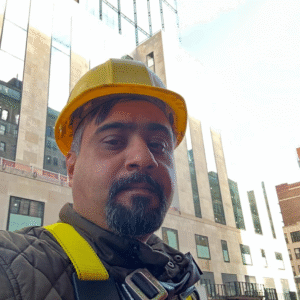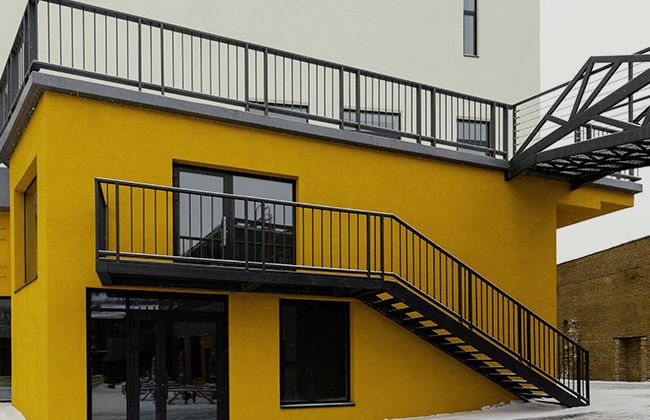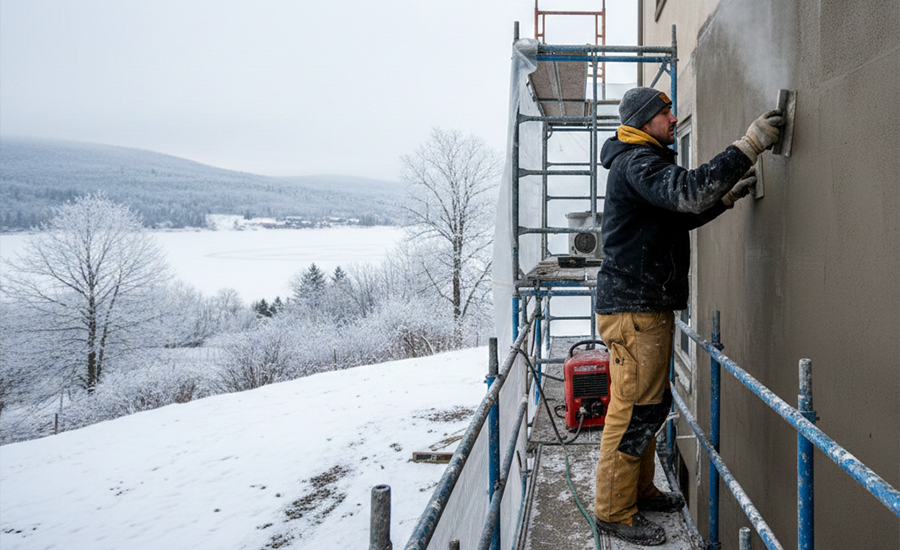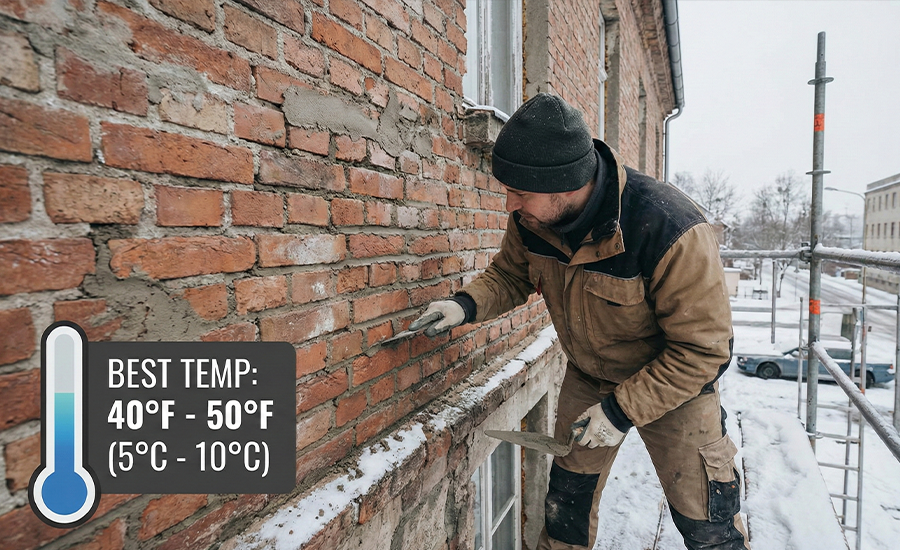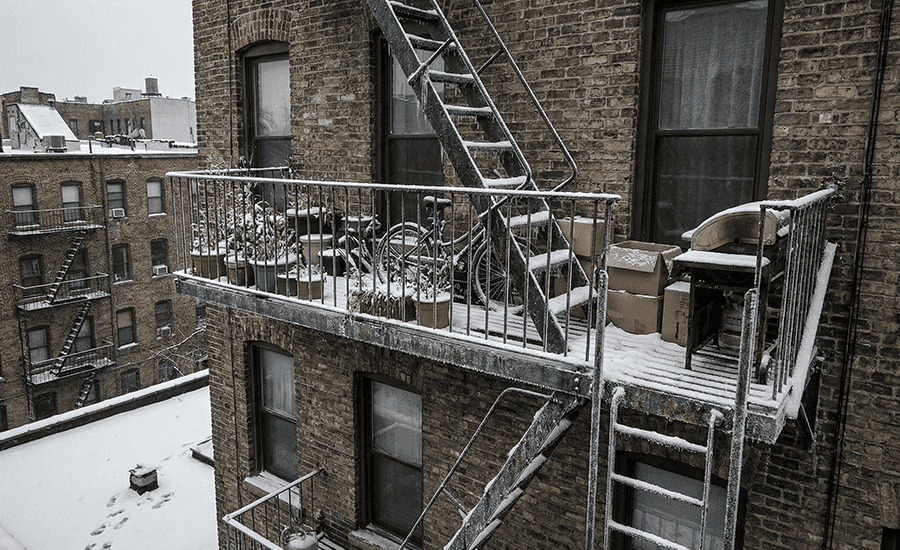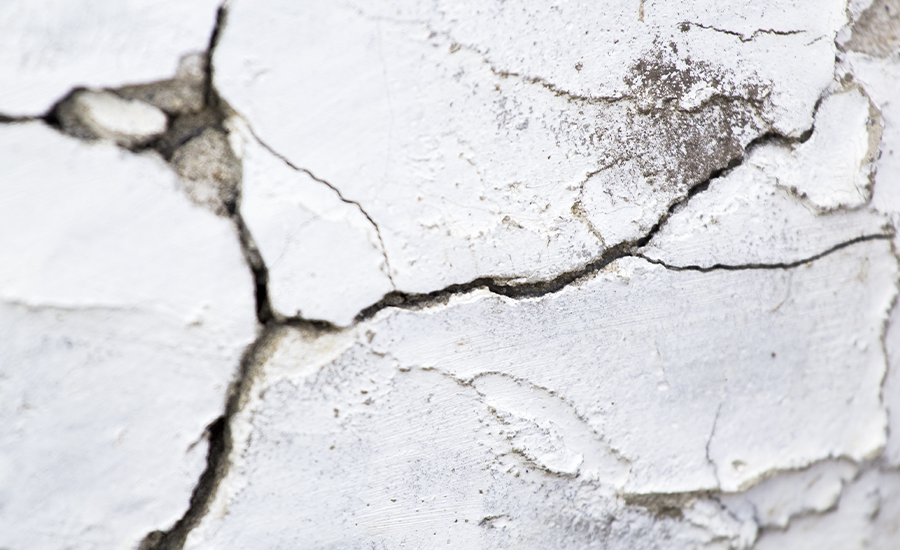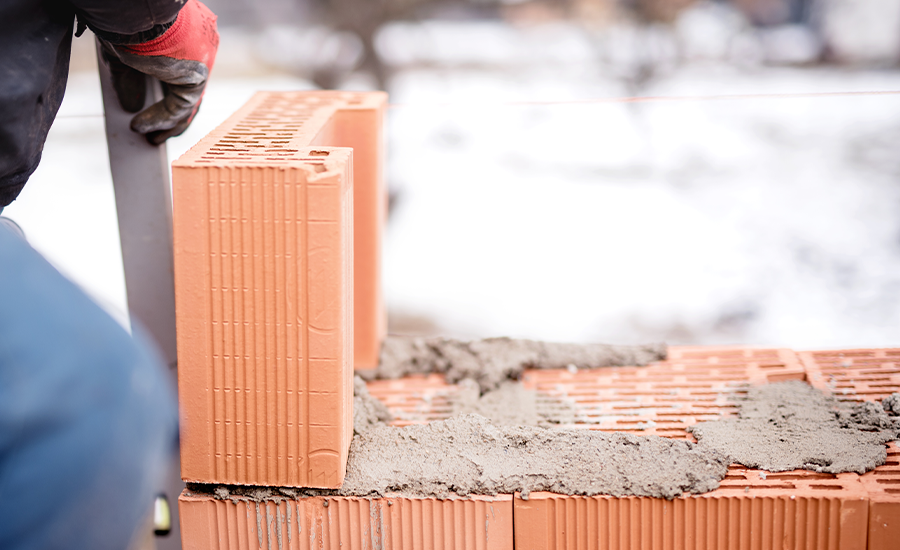“What is a parapet wall?” you might ask. Well, it’s an architectural gem that often goes unnoticed. These walls, extending above the edge of a roof or balcony, are not just there for show. They play a pivotal role in safety, add a splash of style to buildings, and brave the elements, all while staying in line with building regulations. Let’s take a closer look at the multifaceted world of parapet walls and uncover their hidden importance in our structures.
Understanding the Functions of a Parapet Wall
Discover how parapet walls are not just about safety and protection, but also about adding a touch of style to buildings and standing strong against harsh weather. Let’s delve deeper into these roles below and see how they blend functionality with aesthetics.
Ensuring Safety and Protection with Parapet Walls
Let’s chat about safety first, shall we? Parapet walls are like the guardians of rooftops. Ever seen those walls around the edges of roofs or balconies? That’s them! Their job is pretty crucial – they stop people from accidentally taking a tumble off the roof. Imagine you’re enjoying a rooftop party, and thanks to these walls, you don’t have to worry about going too close to the edge. They’re not just there for peace of mind; they’re a big deal in following building codes too. So, next time you’re up high, you can thank a parapet wall for keeping you safe!
The Role of Parapet Walls in Architectural Aesthetics
Now, let’s talk looks. Parapet walls are the unsung heroes of building design. These walls are like the finishing touches to a building’s look – kind of like choosing the perfect hat to go with an outfit. They can be sleek and simple or fancy with intricate designs, totally changing how a building feels. Architects love them because they get to show off a bit, adding unique designs that make a building stand out. It’s amazing how something so functional can also add so much style!
Weather Resistance and Structural Support of Parapet Walls
Besides looking good and keeping us safe, parapet walls are like the sturdy umbrellas of buildings. They stand strong against all sorts of weather – be it a windy day or a torrential downpour. But wait, there’s more! Some parapet walls are like secret agents hiding important stuff. They can hide things like guttering systems or even air conditioning units, so the building keeps its neat, clean look. Pretty smart, right?
Exploring Various Types of Parapet Walls
Dive into the world of parapet walls, from the straightforward plain parapets to the intricate embattled, paneled, and perforated types. Each brings a unique flair to architecture, and we’ll explore these variations more closely below.
Plain Parapet
Okay, first up, we have the Plain Parapet. Think of it as the jeans-and-a-t-shirt of parapet walls – simple, no-fuss, and does the job well. These walls are all about being practical without any extra frills. They’re perfect for when you want safety and nothing too flashy. It’s like having a reliable friend who’s always there, no drama, just solid support. Whether it’s a modern office building or a cozy house, a plain parapet can fit right in without making a big scene.
Embattled Parapet
Next, let’s time travel a bit with the Embattled Parapet. Picture those cool castles in movies with walls that have notches and teeth-like designs – that’s them! These walls are all about bringing a piece of history to life. They’ve got this series of raised and lowered sections, making them look like they’re straight out of a medieval story. It’s not just for show, though; they used to be super handy in battles back in the day. Now, you’ll see them adding that historical charm to buildings, kind of like wearing a vintage jacket that never goes out of style.
Paneled Parapet
Now, onto the Paneled Parapet. Imagine a wall that’s not just a wall but a piece of art. These walls are like the stylish sunglasses of a building. They have these decorative panels that can be as simple or as fancy as you like. It’s all about adding a touch of beauty and personality to a structure. Think of walking past a building and spotting a wall with cool designs – it’s like the building is winking at you with its style!
Perforated Parapet
Last but not least, we have the Perforated Parapet. These are the clever multitaskers of the parapet world. Not only do they look good, but they also have these openings for special reasons. Need some extra sunlight or a cool breeze? The perforated parapet has got you covered. It’s like having a wall that breathes and lets in light, making it both functional and pretty. It’s the kind of innovation in architecture that makes you think, “Wow, that’s smart!”

Choosing the Right Material for Your Parapet Wall
The choice of materials – from the robustness of stone and brick to the modernity of concrete and the elegance of glass – defines the character and durability of a parapet wall. Let’s further explore these options below to see how each material shapes the wall’s appearance and function.
Stone
So, stone parapet walls – they’re like the classic choice. Think of them as the denim jeans of wall materials; durable, reliable, and always in style. Stone walls are fantastic for a rugged, natural look. Plus, they’re tough cookies when it comes to weathering the elements. The downside? They can be a bit heavy on the wallet and need a strong foundation because of their weight. But if you’re going for that timeless, strong look, stone’s your best bet.
Brick
Brick walls have this cozy, traditional vibe, don’t they? They’re like the comfort food of parapet walls. Brick is a popular choice because it’s not just good-looking but also sturdy. It’s like having a trusty friend who’s always there, rain or shine. The cool thing about brick is you can play around with different colors and patterns. The little catch is, they need a bit of upkeep to stay sharp, especially in damp climates. But for that warm, classic look, bricks are a solid choice.
Concrete
Concrete walls are the modernist’s dream. Think of them as the sleek smartphones of wall materials – minimalistic, efficient, and versatile. Concrete is a champ when it comes to strength and durability. It’s like the superhero of materials, standing up to all kinds of weather without a fuss. And the best part? It’s pretty low-maintenance. The only thing is, it might not win the beauty contest against fancier materials. But for a clean, contemporary look, concrete is a fantastic choice.
Glass
Glass walls are like the cool, trendy kid on the block. They’re all about making a statement. Imagine having a wall that not only protects but also lets in a flood of natural light – pretty awesome, right? Glass walls give buildings this sleek, modern feel, and they can be surprisingly tough. But remember, with great style comes great responsibility. Glass needs regular cleaning to keep its sparkle, and it might not be the best choice for super windy or private areas. For a chic, futuristic look though, glass is a top pick.
Key Design Considerations for Parapet Walls
Designing a parapet wall isn’t just about picking the prettiest material. It’s like putting together a puzzle where each piece needs to fit perfectly. You have to think about how strong your wall needs to be to stand up to Mother Nature. And it’s not just about strength; you’ve got to make sure your wall is playing by the rules – yep, those building codes. It’s like a game where you need to balance looks, strength, and the law. But get it right, and you’ve got a wall that’s safe, solid, and good-looking.
Best Practices for Parapet Wall Maintenance
Okay, let’s talk about keeping those walls in tip-top shape. It’s kind of like having a pet – a bit of regular care goes a long way. You’ll want to check for cracks, damage from the weather, and make sure they’re waterproof. It’s all about being proactive. Spot a small issue early, and you save yourself a headache later on. Regular check-ups and fixes will keep your parapet wall standing tall and looking good for years to come. Think of it as an investment in your building’s health!
Conclusion
So, what is a parapet wall really about? It’s more than just an architectural afterthought. It’s a fusion of safety, style, and functionality. These walls stand as silent guardians, beautifying our buildings and shielding them against various challenges. Understanding the nuances of parapet walls reveals the meticulous thought and care that go into crafting our built environments.
FAQs
Q: What is a parapet wall and its primary purpose?
A: A parapet wall is an extension above the edge of a roof or balcony, primarily ensuring safety by preventing falls and adding to the building’s aesthetic.
Q: How does a parapet wall contribute to a building’s design?
A: Parapet walls enhance a building’s façade, offering an array of designs that can significantly impact the structure’s overall character and appearance.
Q: What are common materials used in parapet wall construction?
A: Commonly, parapet walls are built using stone, brick, concrete, or glass, each offering unique benefits in terms of durability, style, and maintenance needs.
Q: Are there specific design considerations for parapet wall?
A: Absolutely! Designing a parapet wall involves balancing aesthetics with structural integrity, weather resistance, and adherence to local building codes.
Q: What is a Parapet Wall and How Often Should It Be Maintained?
A: Regular maintenance, including inspections for damage and ensuring waterproof integrity, is crucial to prolong the life and safety of parapet walls.


